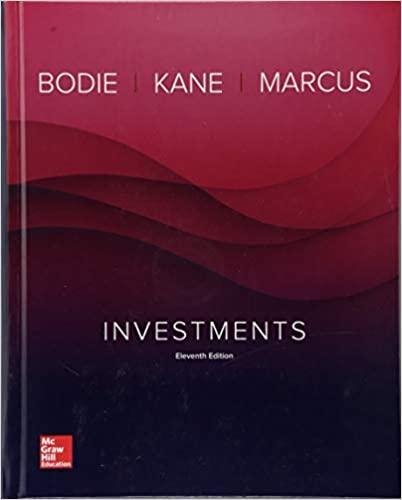


4. The cost of new common stock True or False: The following statement accurately describes how firms make decisions related to issuing new common stock. If a firm needs additional capital from equity sources once its retained earnings breakpoint is reached, it will have to raise the capital by issuing new common stock. True: Firms will raise all the equity they can from retained earnings before issuing new common stock, because capital from retained earnings is cheaper than capital raised from issuing new common stock. False: Firms raise capital from retained earnings only when they cannot issue new common stock due to market conditions outside of their control. Alpha Moose Transporters is considering investing in a one-year project that requires an initial investment of $475,000. To do so, it will have to issue new common stock and will incur a flotation cost of 2.00%. At the end of the year, the project is expected to produce a cash inflow of $595,000. The rate of return that Alpha Moose expects to earn on its project (net of its flotation costs) is (rounded to two decimal places). Sunny Day Manufacturing Company has a current stock price of $22.35 per share, and is expected to pay a per-share dividend of $2.03 at the end of the year. The company's earnings' and dividends' growth rate are expected to grow at the constant rate of 9.40% into the foreseeable future. If Sunny Day expects to incur flotation costs of 6.50% of the value of its newly-raised equity funds, then the flotation-adjusted (net) cost of its new common stock (rounded to two decimal places) should be Turnbull Co. is considering a project that requires an initial investment of $270,000. The firm will raise the $270,000 in capital by issuing $100,000 of debt at a before-tax cost of 9.6%, $30,000 of preferred stock at a cost of 10.7%, and $140,000 of equity at a cost of 13.5%. The firm faces a tax rate of 25%. What will be the WACC for this project? (Note: Round your intermediate calculations to three decimal places.) Consider the case of Kuhn Co. Kuhn Co. is considering a new project that will require an initial investment of $20 million. It has a target capital structure of 45% debt, 4% preferred stock, and 51% common equity. Kuhn has noncallable bonds outstanding that mature in 15 years with a face value of $1,000, an annual coupon rate of 11%, and a market price of $1555.38. The yield on the company's current bonds is a good approximation of the yield on any new bonds that it issues. The company can sell shares of preferred stock that pay an annual dividend of $9 at a price of $92.25 per share. Kuhn does not have any retained earnings available to finance this project, so the firm will have to issue new common stock to help fund it. Its common stock is currently selling for $33.35 per share, and it is expected to pay a dividend of $1.36 at the end of next year. Flotation costs will represent 8% of the funds raised by issuing new common stock. The company is projected to grow at a constant rate of 9.2%, and they face a tax rate of 25%. What will be the WACC for this project? (Note: Round your intermediate calculations to two decimal places.) Turnbull Co. is considering a project that requires an initial investment of $270,000. The firm will raise the $270,000 in capital by issuing $100,000 of debt at a before-tax cost of 9.6%, $30,000 of preferred stock at a cost of 10.7%, and $140,000 of equity at a cost of 13.5%. The firm faces a tax rate of 25%. What will be the WACC for this project? (Note: Round your intermediate calculations to three decimal places.) Consider the case of Kuhn Co. Kuhn Co. is considering a new project that will require an initial investment of $20 million. It has a target capital structure of 45% debt, 4% preferred stock, and 51% common equity. Kuhn has noncallable bonds outstanding that mature in 15 years with a face value of $1,000, an annual coupon rate of 11%, and a market price of $1555.38. The yield on the company's current bonds is a good approximation of the yield on any new bonds that it issues. The company can sell shares of preferred stock that pay an annual dividend of $9 at a price of $92.25 per share. Kuhn does not have any retained earnings available to finance this project, so the firm will have to issue new common stock to help fund it. Its common stock is currently selling for $33.35 per share, and it is expected to pay a dividend of $1.36 at the end of next year. Flotation costs will represent 8% of the funds raised by issuing new common stock. The company is projected to grow at a constant rate of 9.2%, and they face a tax rate of 25%. What will be the WACC for this project? (Note: Round your intermediate calculations to two decimal places.)









